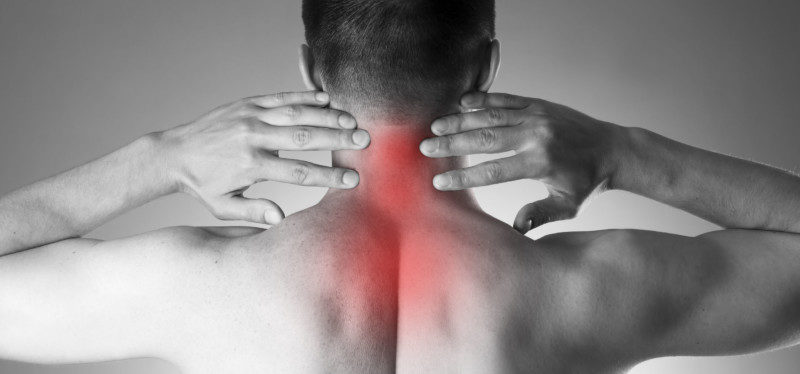3 Tips For Optimal Cervical Spine Health When Cycling
Category: Spine | Author: Stefano Sinicropi

In a recent poll of more than 500 recreational cyclists, the number one response when asked about their aches and pains was cervical spine pain. Located in your neck, the cervical portion of your spine bears the brunt of the weight of your head when you lean forward, which can be a common position for novice or recreational cyclists. Today, we share three tips to lessen the pressure on your cervical spine so your neck doesn’t start hurting during or after a ride.
Your head is heavy, the average human head weighs between 5-11 pounds depending on your brain disposition. Added weight to your head such as helmets, sunglasses and action cameras only add to the axial load of your spine. When we add this weight, neck muscles get fatigued causing improper alignment for longer periods of time. Here’s how you can avoid overstressing your cervical spine during bike rides.
Look With Your Eyes, Not Your Neck
If you look at any professional cyclists during races like the Tour de France, none of them are craning their neck up to see where they are going. They are leaning forward to become more aerodynamic, but they are looking forward with their eyes, they aren’t lifting their head up higher than it needs to be. This is one of the more common problems for amateur riders, as they don’t always have the best positioning on the bike. The next time you are on your bike, take note of your neck position, and practice scanning your field of vision by looking up with your eyes, to reduce straining your neck.
Examine Your Bike Fit
One of the reasons we may be straining our necks to see what’s ahead of us is because our bike isn’t positioned to fit our body. Again, this is generally a problem that affects amateur or recreational riders because they purchase their bike from a friend, garage sale or secondhand store. These are all great places to find a bicycle, but you’re not going to have the luxury of having the bike adjusted to your body by a trained professional. If the bike is too long or the seat is positioned too high, your back is going to be the first place that’s going to suffer. No matter where you get your bicycle, do your body a favor and take it to a bike center to have it adjusted to your body so that you’re in a healthy position when you’re riding.
Strengthen Your Trapezius Muscles
Cyclists often carry spinal stress in their trapezius muscles, located on either side of their cervical spine. When your head gets out of position, or when you hit a bumpy patch in the road, it’s your trapezius muscles and cervical spine that bears the brunt of the stress. Since you’re going to be working these muscles during your ride, you shouldn’t ignore them during your regular workout sessions. Here are three great shoulder exercises you can do the next time you work out that can strengthen your trapezius muscles. Cyclists often have enlarged trapezius muscles to help facilitate with endurance for long bicycle rides.
For more information about cervical spinal issues, or to talk to a specialist about any concerns you have about your neck and back, contact the experts at Midwest Spine & Brain Institute today.